
How Far Should LED Grow Lights Be From Plants?
How Far Apart Should LED Grow Lights Be from Plants
When plants are being grown indoors, LED grow lights are of the utmost importance in supplying light to plants that will enable them to grow well. The positioning of LED grow lights above plants is as significant as the lights themselves. Following are some factors to take into consideration when positioning LED grow lights above plants in terms of their height, as well as recommended heights for varying stages of growth.
Factors Which Influence the Height
Intensity of the LED light: Some LED grow lights are of different intensities, and hence their height of placement will vary. Use the suggested hanging height of the grow light as a guide.
Growth stage of the plant: The height at which LED grow lights are placed will also vary with the growth stage of the plant.
Intensity of the light: High-intensity LED lights need to be kept at a higher distance from plants than low-intensity lights in an effort not to burn leaves or hinder plant growth.
Recommended Height for Different Growth Stages
Seedlings: You can place the LED grow light 6-12 inches above the seedlings. If your grow light is dimmable, you may need to dial the light back (typically to around 30% intensity). If the light is too intense or cannot be dimmed, it is better to situate the fixture higher and bring it down as the seedlings get used to the intensity and spectrum.
Vegetative phase: As the plants keep on growing, you can increase your LED grow lights to about 18-24 inches above the plants. Intensity can be increased as plants are big enough now to receive more light. You usually are running at about 50% power at this stage in the growth cycle of your plant.
Flowering stage: While in the flowering stage, LED grow lights should be placed roughly 18-30 inches above the plants depending on the lighting capability of the fixture. During flowering, use the light at full- or nearly full-strength.
The height of the LED grow lights from the plants is an essential factor to ensure good indoor plant growth. The type of LED light, growth stage of the plant, and intensity of the light must be taken into account when determining the optimal height.
Will Too Much LED Light Kill Plants?
Although LED grow lights are indispensable for indoor plant growing, there is also such a thing as too much of a good thing. Too much light can be detrimental to plants and lead to leaf burn or stunted growth.
The Dangers of Too Much Light
Leaf burn: When LED grow lights are placed too close to plants, the high light intensity can cause leaf burn. This is when the leaves become white or yellow and crispy, eventually dying out.
Stunted growth: The high light intensity can also cause the plant to be stunted. This is when the plants will not grow tall or wide as they should, leading to poor yields.
Requirement for Acclimating Plants to the Light
Gradual introduction to the light: To avoid the dangers of intense light, it is necessary to acclimate plants gradually to the light. It can be done by starting with weak intensity light and gradually increasing the intensity as time passes.
Monitoring the growth of the plants: Monitoring the plants' growth is also important in order to prevent injuring the plants by the light. If the plants are seen to be bleached, yellowed, or curled, the light needs to be controlled.
Too much LED light is bad for plants, leading to leaf scorch and stunted growth. Gradually hardening off the plants to the light and monitoring plant growth are the key to avoiding such danger and achieving healthy indoor plant development.
How Far Do LED Grow Lights Reach?
LED grow lights are designed to provide the light that plants need to grow, but it is important to understand the reach of these lights to ensure that all plants are receiving the light they need.
Factors That Affect the Reach of LED Grow Lights
Type of LED light: Different LED grow lights have different intensities and coverage areas, so it is important to choose the right light for your plants.
Distance from light: The illumination area of LED grow lights diminishes with greater distance from light.
Reflecting surfaces: Reflector surfaces may be used to improve the illumination area of LED grow lights.
Working Out the Correct Area
Measuring the growth area: The first step in computing the proper coverage area is to measure the growth area. This will give you an approximation of how many LED grow lights you will need to cover the entire area.
Taking into account the growth stage: The area of coverage required will also be based on the growth stage of the plants. For instance, seedlings will require less light compared to flowering plants.
Testing the light: Lastly, one should test the light to make sure that all the plants are getting the light they require. This can be achieved by checking the plants and making adjustments accordingly.
The coverage of LED grow lights must be taken into account for effective indoor plant cultivation. The variables that influence the coverage of LED grow lights must be ascertained, and the right coverage area to guarantee that all plants get the light they require to flourish is essential.
Conclusion
LED grow lights are a major contributor to plant development in an indoor setting, but it is necessary to know how to properly install and use the lights. The distance of the lights from the plants, the level of illumination, and the extent of the lights' reach are all critical considerations for plant development.
Happy growing!
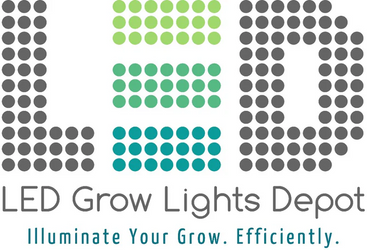
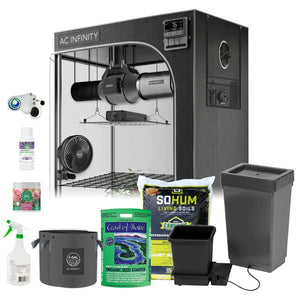
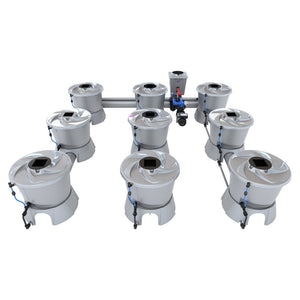
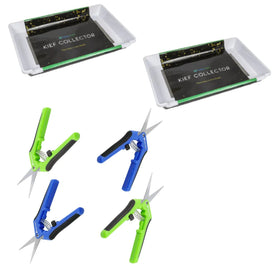


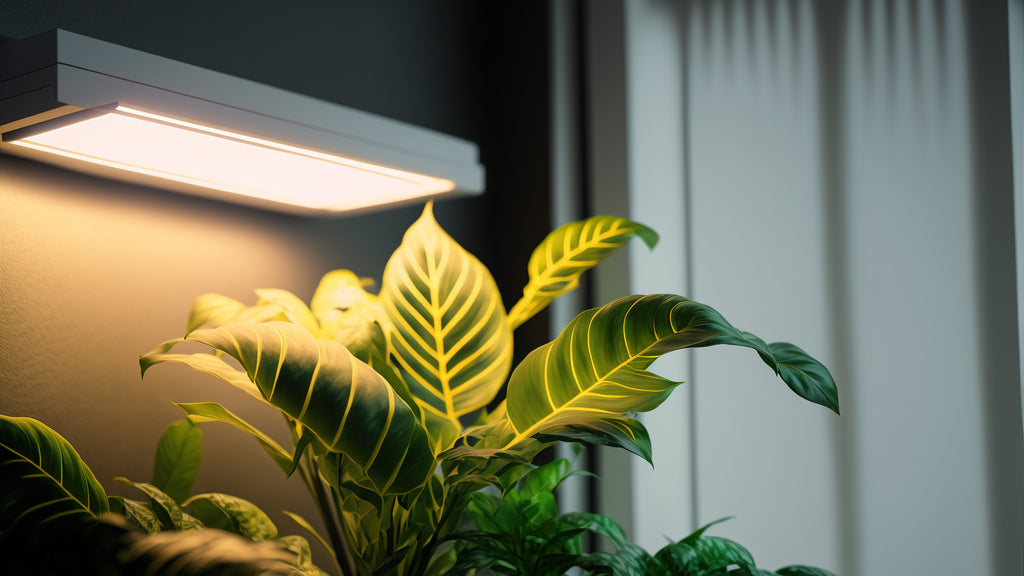
Leave a comment